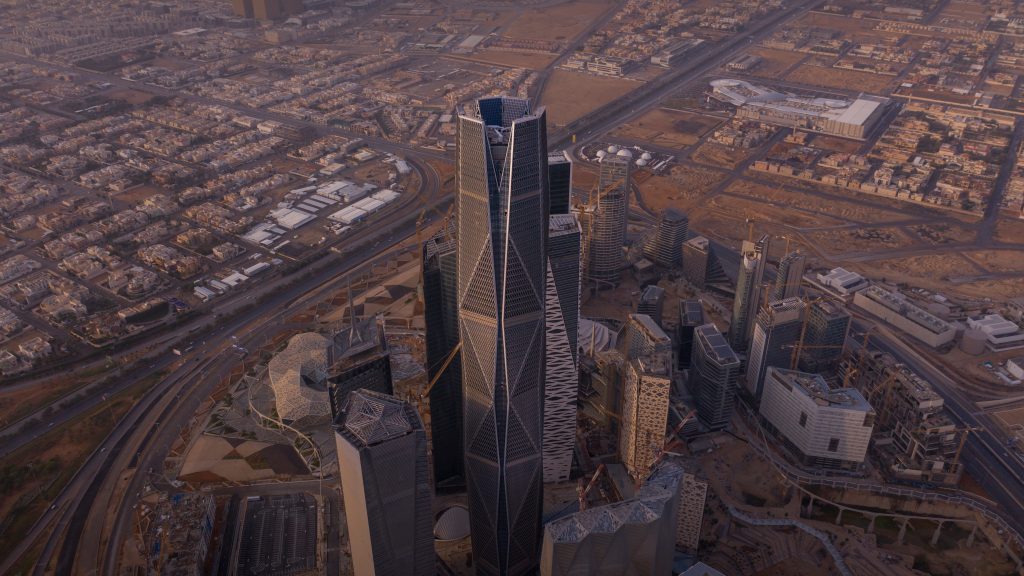Saudi Arabia’s Strategic Vision
Saudi Arabia’s Vision 2030 is a transformative plan aiming to position the nation as a global leader in infrastructure investment. The goal is to attract $3.3 trillion over the coming decade through the Saudi National Investment Strategy, focusing on sectors like energy, healthcare, and tourism. Key projects include the ambitious NEOM city, marking a significant $800 billion increase from recent investment trends.
The strategy encompasses a broad spectrum of sectors, including energy, water, and transportation. It targets three primary shifts: a transition to renewable energy, enhanced private sector activity, and growth in non-oil sectors such as tourism and household spending.
Saudi Arabia also seeks to maintain its status as a low-cost oil and gas producer. Despite global demand fluctuations, its efficient production methods could preserve or even expand market share. Diversifying energy exports through natural gas and LNG is a priority, although a swift low-carbon shift might impact oil prices.
Plans to cut energy carbon intensity include shifting power generation from oil and gas to a balanced mix with renewables by 2030. With solar installation costs 40% below the global average, this transition promises enhanced energy security and reduced emissions. Investments in carbon capture and hydrogen production are also on the agenda.
Vision 2030 aims to boost the private sector’s GDP contribution from 47% to 65% by 2030 through privatization. Rising homeownership, currently at 64%, should stimulate domestic spending and lessen import dependency.
Reforms in governance, regulation, and labor markets are vital. Female workforce participation has reached 36%, surpassing targets, with further gains expected through improved childcare and evolving societal norms. Regulatory improvements focus on simplifying business operations and enhancing transparency.
Investment Surge
Saudi Arabia has significantly increased capital investments, with $780 billion spent over the past three years, driven by bank lending and public spending. However, local banks are nearing lending limits, necessitating reforms to attract private capital. These reforms aim to diversify the economy, transition to renewable energy, and enhance the non-oil tax base.
Deepening capital markets is crucial. Traditionally, Saudi banks funded corporate debt, but recent loan demands have pushed ratios beyond 100%. Public debt has risen to 27% of GDP, allowing room for government borrowing, contingent on oil prices.
The kingdom aims to attract both domestic and foreign private financing. Rapid development in equity and fixed income markets, bolstered by IPOs and bond issuances, is key. A robust local-currency corporate bond market is essential for diversifying non-bank financing.
The Shareek program, launched in 2021, seeks to catalyze private investment, targeting $1.3 trillion—40% of Vision 2030’s goal. Foreign direct investment, now a minor GDP component, aims to reach 15% of the total investment.
Conclusion
Saudi Arabia plans to leverage its resources and young workforce to attract global investment and diversify its economy. Opportunities abound across public and private markets, but success hinges on governance, regulatory reforms, and labor market improvements. While geopolitical risks and oil price fluctuations may pose challenges, the kingdom’s demographic strengths and resource wealth support its long-term growth outlook.
